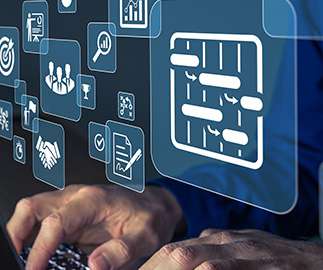Make Rapid-Fire Reporting Standards Work for You
FS-ISAC
JUNE 30, 2022
To minimize disruption from third-party attacks, zero-day vulnerabilities, ransomware, and nation-state threats, regulators around the world are implementing landmark incident reporting standards. For example, a public-private exercise in 2007 simulated a pandemic where approximately 40% of the workforce had to go remote.













Let's personalize your content